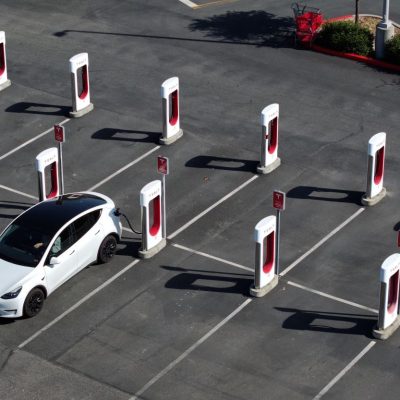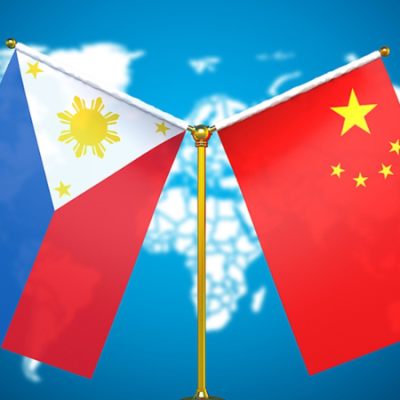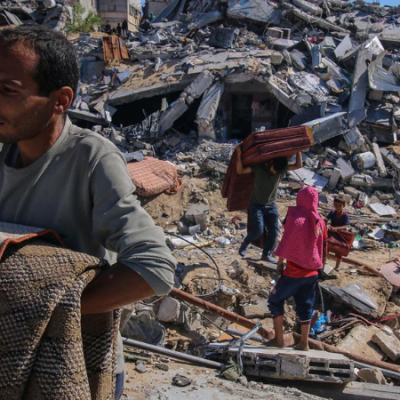Nuclear: scepticism towards Iran emerges from the G20

 Iran–First, the sanctioning designation of Saeed Aghajani, commander of the UAV department of the Pasdaran and some individuals linked to the attack drone technology development program, plus the Kimia Part Sivan Company and its man who facilitated the procurement of materials outside Iran – materials that explain the US Treasury Department, were used to producing crewless aircraft that the theocratic Iranian military delivered to Hezbollah, Hamas, Kataib Hezbollah, the Houthis in Yemen and Ethiopia (where the Tigray conflict lives still violent phases); aircraft such as those used in the recent attack on al Tanf, of which the US accuses Iran.
Iran–First, the sanctioning designation of Saeed Aghajani, commander of the UAV department of the Pasdaran and some individuals linked to the attack drone technology development program, plus the Kimia Part Sivan Company and its man who facilitated the procurement of materials outside Iran – materials that explain the US Treasury Department, were used to producing crewless aircraft that the theocratic Iranian military delivered to Hezbollah, Hamas, Kataib Hezbollah, the Houthis in Yemen and Ethiopia (where the Tigray conflict lives still violent phases); aircraft such as those used in the recent attack on al Tanf, of which the US accuses Iran.
Then an American B-1 Lancer traveled escorted by two Israeli F-15s across the Gulf skies, skirting the Iranian borders. On the same day, the leaders of E3 (France, United Kingdom, Germany) signed a joint declaration by the G20 together with Joe Biden regarding the Iranian nuclear deal (JCPoA) that the Trump administration has put in crisis with the unilateral released in May 2018.
“We welcome President Biden’s demonstrated commitment to bring the United States back to full compliance with the JCPOA and to remain fully compliant, as long as Iran does the same.” Europeans write: “We ask President Raisi to take this opportunity and return to a reasonable faith effort to conclude our negotiations as a matter of urgency. That is the only sure way to avoid a dangerous escalation, which is not in the interest of any country.”
Read | JCPOA: Biden assures of compliance from its end until Tehran revokes
Raisi, a conservative who took office four months ago, blocked the negotiations also to mark discontinuity with the reformist predecessor. “We welcome the regional diplomatic efforts of our Gulf partners to ease tensions and note that the return to the JCPOA would entail both the lifting of sanctions, allowing for strengthened regional partnerships and a reduced risk of a nuclear crisis that would derail regional diplomacy. We also affirm our joint determination to address the broader security problems raised by Iran’s actions in the region. ” Continues the statement.
The scenario accompanying the talks reopening to reconstruct the agreement with Iran – theoretically all of them and is expected by November – is represented by these steps: there is the possibility of reopening the negotiation phase, but there is a lot of confidence relative to the success. But, unfortunately, the first to believe it much less than a few months ago are the Americans: if they previously thought it possible to achieve the objectives set (the Iranian return to compliance, skipped after Trump’s exit from the Nuke Deal), over time, they have not only kept forms of pressure from the previous administration but have increased their scepticism.
And the fact that the new conservative Iranian government has appointed a team of negotiators led by opponents of the agreement only increased the sense of pessimism. Moreover, the US and its allies are now more willing to impose a higher cost on Iran for failing to reach the deal if Tehran continues to take actions inconsistent with the 2015 deal – which brings it closer to developing a nuclear weapon.
The US National Security Advisor, informing reporters traveling to Rome, announced that the meeting on the sidelines of the G20 is an opportunity to coordinate closely with the E3; on a common negotiating position as we work towards a resumption of negotiations. As well as aligning “our understanding of Iran’s progress on the nuclear program since they left the JCPoA.”




